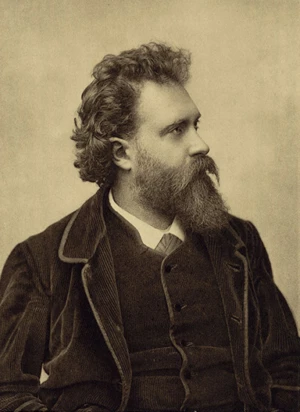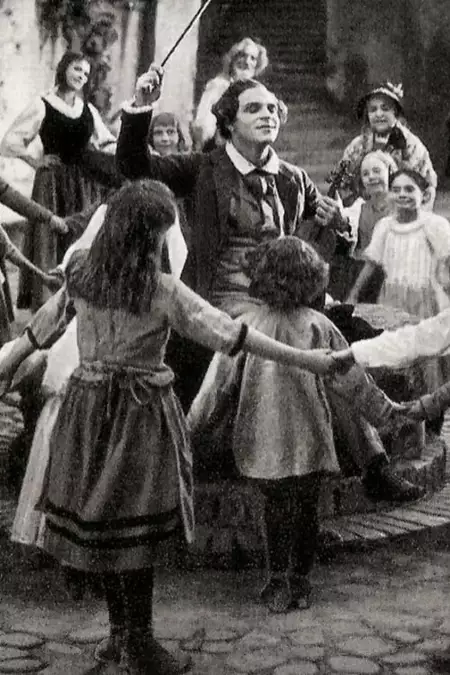Biography
(No Information)
Filmography
all 1
Movies 1
Writer 1
Information
Known ForWriting
GenderMale
Birthday1857-01-17
Deathday1941-10-03 (84 years old)
Birth PlaceWaizenkirchen, Austria
FatherWilhelm Kienzl
MotherNina Kienzl
CitizenshipsCisleithania, Austrian Empire, Nazi Germany, Austria
AwardsRing of Honour of the City of Vienna
This article uses material from Wikipedia.
Last updated:
Image credit: Friedrich Bruckmann
, CC BY-SA 4.0, via Wikimedia Commons
 Wilhelm Kienzl
Wilhelm Kienzl- Filmography
- Information
